The Mystery of the Ancient Celts' Art
Delve into the mesmerizing world of ancient Celtic art, a realm shrouded in mystery and intrigue. The artistry of the Celts is renowned for its intricate designs, symbolic motifs, and profound cultural significance. Each piece of Celtic art serves as a window into the rich tapestry of Celtic heritage, offering a glimpse into the beliefs, traditions, and artistic prowess of this ancient civilization.
As we unravel the enigmatic art of the ancient Celts, we are transported back in time to a world where creativity knew no bounds. The intricate patterns of Celtic knotwork mesmerize with their interwoven complexity, symbolizing the eternal cycle of life and the interconnectedness of all things. These timeless motifs speak volumes about the Celts' deep-rooted connection to nature, spirituality, and the mysteries of the universe.
One cannot ignore the allure of the La Tene style, a hallmark of Celtic art characterized by flowing lines, organic forms, and intricate patterns. This distinctive artistic expression reflects the Celts' artistic evolution and cultural influences, showcasing a harmonious blend of creativity and symbolism that continues to captivate art enthusiasts worldwide.
Deciphering the meanings behind prominent Celtic symbols such as the Triskele, Triquetra, and Celtic Cross unveils a world of spiritual, cultural, and mystical significance. These ancient symbols serve as conduits to the past, offering insights into the beliefs and values cherished by the Celts and adding layers of depth to their artistic legacy.
Explore the realm of Celtic metalwork, where exquisite craftsmanship meets artistic innovation. From intricate jewelry to ceremonial artifacts, Celtic metalwork showcases the Celts' mastery of advanced techniques and their keen eye for detail. Each piece tells a story of skill and dedication, preserving the essence of Celtic artistry for generations to come.
Step into the world of Celtic stone carvings, where mythical creatures, intricate patterns, and symbolic motifs converge to create a visual symphony. These intricate carvings not only showcase the Celts' artistic prowess but also offer a glimpse into their religious, cultural, and artistic practices, providing a holistic view of Celtic civilization.
Embark on a journey through the rich tradition of Celtic illuminated manuscripts, where intricate designs, vibrant colors, and meticulous calligraphy converge to create masterpieces of art and culture. These meticulously crafted manuscripts not only showcase the Celts' artistic finesse but also highlight the cultural significance and historical importance of their written works.
Witness the enduring influence of ancient Celtic art in the modern world, where contemporary artists and designers draw inspiration from Celtic motifs and symbolism. The legacy of the Celts lives on in modern artistic expressions, shaping cultural movements and inspiring creativity across diverse artistic disciplines.
As we ponder the preservation and interpretation of ancient Celtic art, we are faced with the challenges of conserving this enigmatic artistic heritage for future generations. Through scholarly research and conservation efforts, we strive to unravel the mysteries of Celtic art, ensuring that its beauty and significance endure for centuries to come.
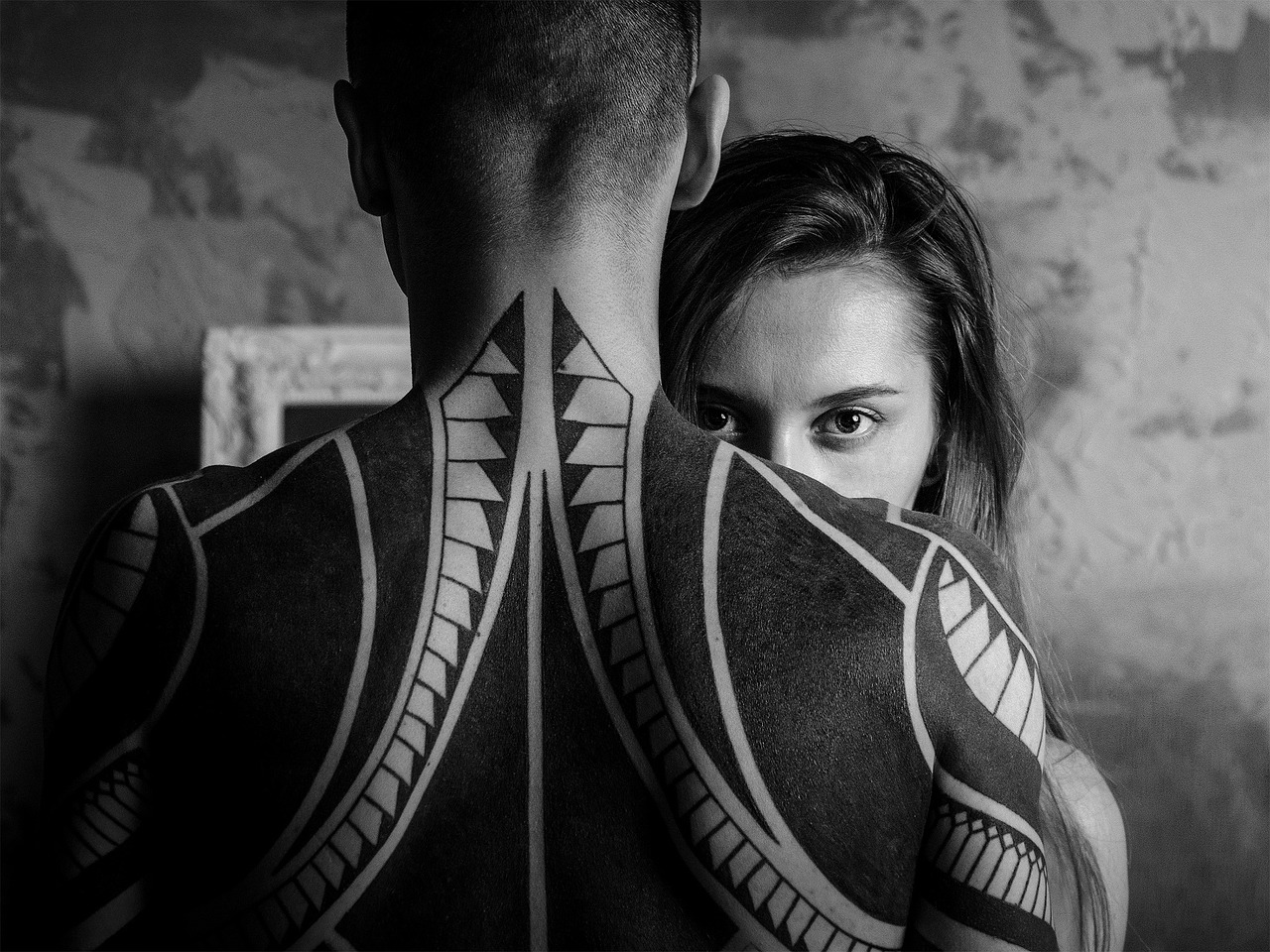
Celtic Knotwork
Exploring the enigmatic art of the ancient Celts, known for intricate designs and symbolic motifs. Unraveling the significance of their artwork sheds light on their culture, beliefs, and artistic techniques.
Delving into the mesmerizing Celtic knotwork designs, showcasing the interwoven patterns symbolizing eternity and interconnectedness. Understanding the intricate symbolism and variations of these timeless motifs.
Celtic knotwork is a mesmerizing aspect of Celtic art, characterized by its intricate interwoven patterns that symbolize concepts like eternity and interconnectedness. These designs, often seen in jewelry, manuscripts, and stone carvings, hold deep symbolic meanings that reflect the spiritual beliefs and cultural values of the ancient Celts. The complexity and beauty of Celtic knotwork continue to captivate art enthusiasts and historians alike, offering a glimpse into the artistic prowess of this ancient civilization.
One of the fascinating aspects of Celtic knotwork is the endless variations and designs that exist within this art form. Each knot carries its own unique symbolism and significance, ranging from representations of nature and animals to intricate geometric patterns. The intricate weaving of lines in Celtic knotwork is not just visually appealing but also serves as a metaphor for the interconnectedness of all things in the universe, emphasizing the cyclical nature of life and eternity.
Exploring the history and evolution of Celtic knotwork reveals a rich tapestry of artistic expression that has influenced various art forms throughout the centuries. From its origins in early Celtic manuscripts to its modern interpretations in contemporary art, the enduring appeal of Celtic knotwork speaks to its timeless beauty and cultural significance.
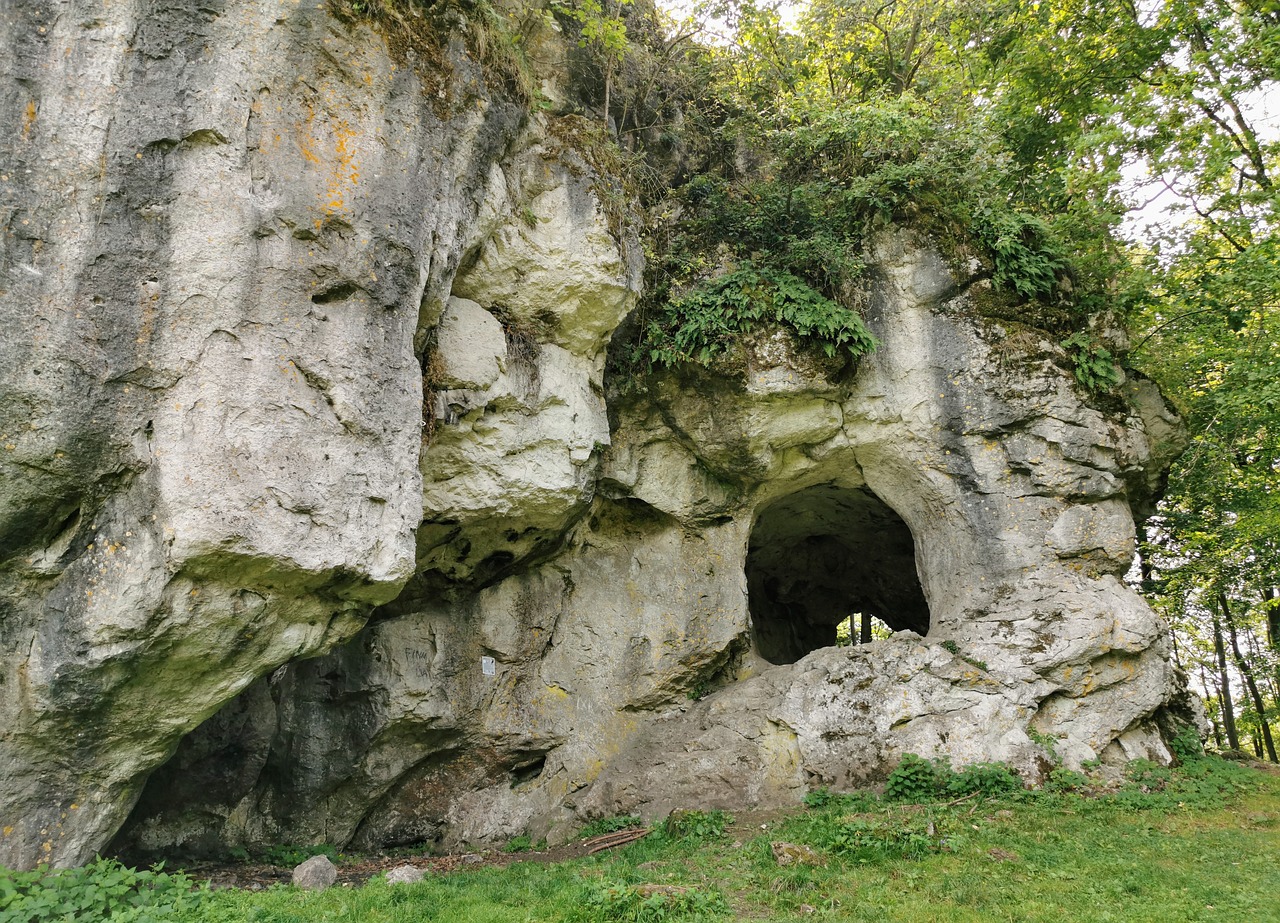
La Tene Style
The La Tene style of Celtic art represents a fascinating period of artistic expression characterized by flowing lines, intricate patterns, and organic forms. This distinctive style emerged during the late Iron Age, showcasing the artistic evolution and cultural influences that shaped Celtic artwork. The La Tene designs are known for their dynamic and fluid nature, often incorporating motifs inspired by nature, such as animals, plants, and geometric shapes.
One of the key features of La Tene art is its emphasis on symmetry and balance, reflecting the Celts' deep connection to the natural world and their spiritual beliefs. The intricate patterns and motifs found in La Tene artifacts demonstrate the Celts' skilled craftsmanship and artistic sophistication, highlighting their unique artistic vision and creativity.
La Tene art is also characterized by its use of symbolism, with many designs carrying hidden meanings and representing concepts such as life, death, rebirth, and the interconnectedness of all things. The intricate interlacing patterns in La Tene artifacts symbolize the eternal cycle of life and the interconnectedness of the physical and spiritual realms.
Furthermore, the La Tene style reflects the Celts' cultural identity and their close relationship with the natural world. The flowing lines and intricate details in La Tene artwork evoke a sense of movement and vitality, capturing the essence of Celtic beliefs and traditions. The La Tene style continues to inspire artists and enthusiasts today, showcasing the enduring legacy of Celtic art and its timeless appeal.
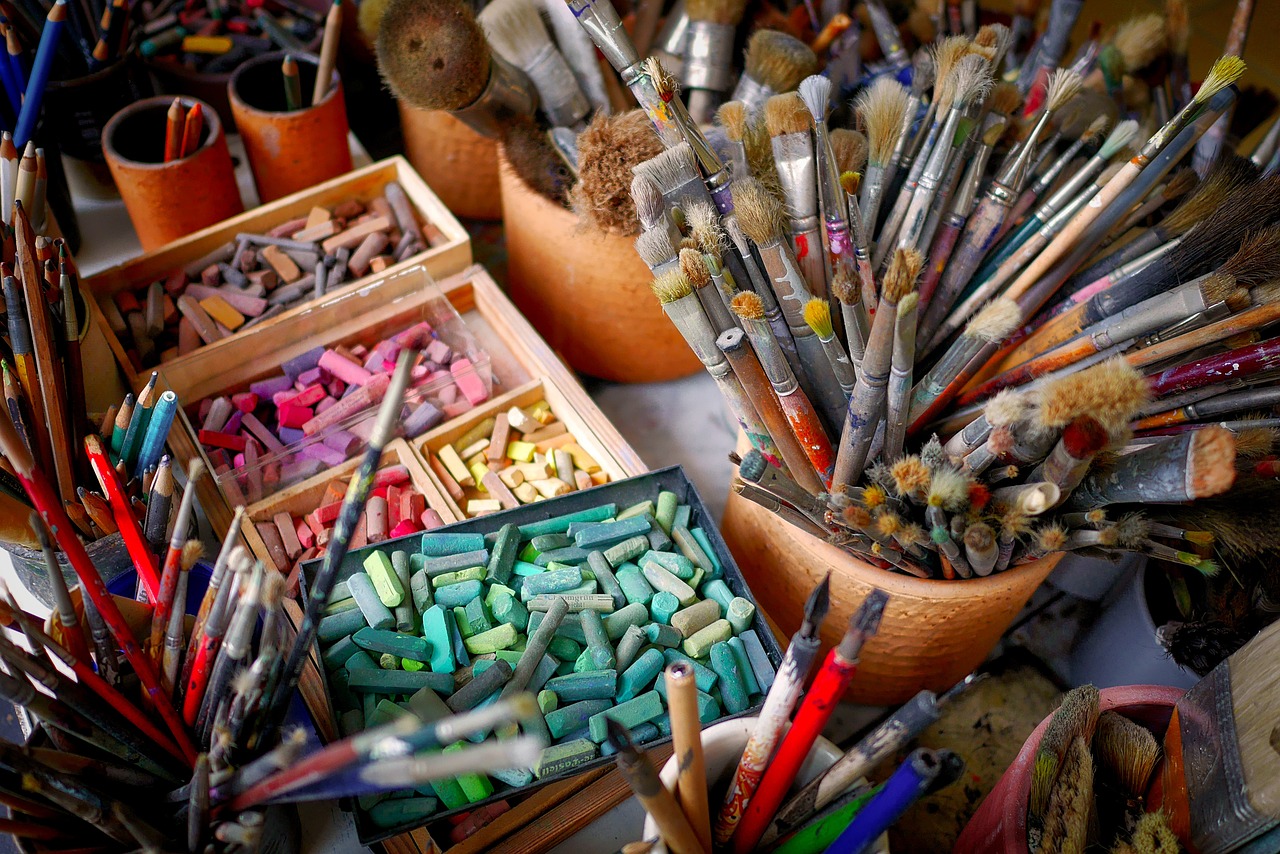
Celtic Symbols
The in ancient Celtic art hold profound meanings and significance, reflecting the spiritual beliefs and cultural values of the Celts. Among the most notable symbols are the Triskele, Triquetra, and Celtic Cross, each carrying a unique representation deeply rooted in Celtic heritage.
The Triskele, with its three interconnected spirals, symbolizes various trinities such as land, sea, and sky or life, death, and rebirth. It embodies the concept of continuous motion and the interconnectedness of past, present, and future, illustrating the cyclical nature of life and eternity.
The Triquetra, also known as the Trinity Knot, features three interlocking loops symbolizing the interconnectedness of the mind, body, and spirit. It represents unity, protection, and the eternal cycle of life, death, and rebirth, reflecting the Celts' spiritual beliefs in the interconnectedness of all things.
The Celtic Cross, characterized by a ring intersecting the vertical and horizontal beams, combines the Christian cross with a circle representing the sun or eternity. It symbolizes the harmonious fusion of Celtic and Christian beliefs, signifying the interplay between the physical and spiritual realms, as well as the eternal cycle of life and death.
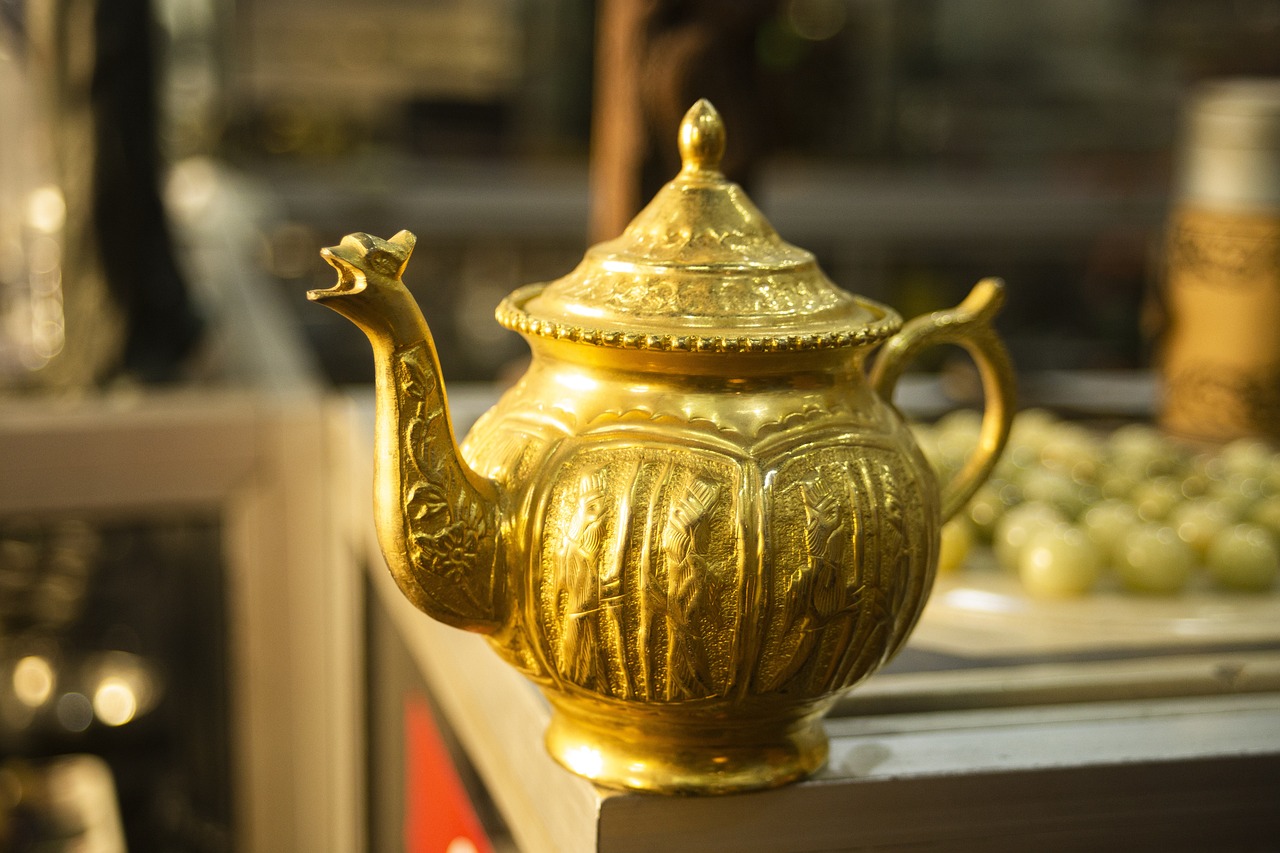
Celtic Metalwork
When delving into the world of Celtic art, one cannot overlook the exquisite craftsmanship of Celtic metalwork. This ancient form of artistry encompasses a wide range of creations, including intricate jewelry, elaborate weaponry, and ceremonial artifacts that showcase the skill and creativity of the Celtic artisans.
The intricate designs found in Celtic metalwork often feature intricate patterns, symbolic motifs, and intricate detailing that reflect the rich cultural and artistic heritage of the ancient Celts. These metal creations not only served practical purposes but also held deep symbolic meanings, connecting the wearer or bearer to the spiritual and mystical beliefs of the Celtic people.
One of the most fascinating aspects of Celtic metalwork is the advanced techniques employed by the artisans, such as filigree work, engraving, and inlaying precious stones. These techniques not only added to the beauty of the pieces but also demonstrated the mastery and skill of the craftsmen who created them.
Moreover, Celtic metalwork often incorporated symbolic elements such as animals, plants, and geometric patterns, each carrying its own significance and meaning within the Celtic culture. These symbols were believed to offer protection, guidance, and spiritual connection to the wearer, making each piece of metalwork not just a decorative item but a powerful talisman.
Through the study of Celtic metalwork, we gain insight into the artistic innovations and cultural significance of the ancient Celts, showcasing their deep connection to nature, spirituality, and craftsmanship. The intricate beauty and symbolic depth of Celtic metalwork continue to captivate and inspire admirers and scholars alike, preserving the legacy of this ancient art form for generations to come.
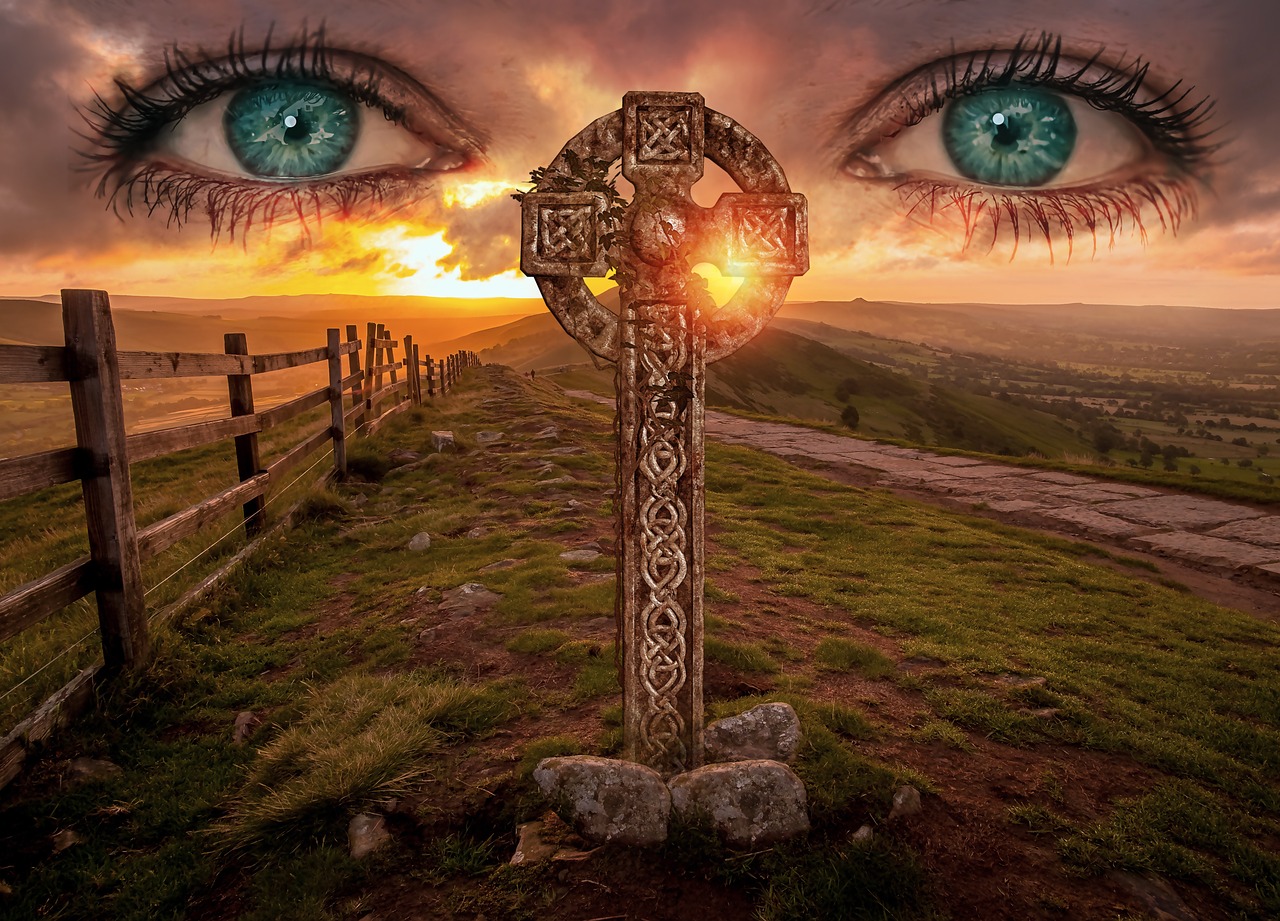
Celtic Stone Carvings
The art of Celtic stone carvings is a mesmerizing journey into the intricate world of ancient craftsmanship. These carvings, etched into stones with precise detail, depict a myriad of symbolic motifs, mythical creatures, and intricate patterns. Each carving tells a story, weaving together elements of Celtic culture, spirituality, and artistic expression. The stones themselves seem to whisper tales of ancient rituals, beliefs, and traditions, inviting us to delve deeper into the enigmatic world of the Celts.
One of the most fascinating aspects of Celtic stone carvings is the symbolism embedded within each intricately carved motif. From spirals representing the cycle of life and rebirth to intricate knotwork symbolizing eternity and interconnectedness, these carvings are rich in meaning and significance. The craftsmanship and attention to detail in these stone carvings reflect the Celts' reverence for art as a medium of expression and communication.
The mythical creatures depicted in Celtic stone carvings, such as the iconic Celtic dragon, add an element of mystery and enchantment to the artwork. These creatures, often intertwined with intricate patterns and symbols, embody the Celts' connection to the natural world and their belief in the spiritual realm. Each carving is a testament to the Celts' artistic prowess and their deep-rooted connection to nature and mythology.
Celtic stone carvings also serve as a window into the religious and cultural practices of the ancient Celts. The motifs and symbols found in these carvings offer insights into Celtic beliefs, rituals, and traditions, providing a glimpse into a world steeped in mystery and symbolism. The carvings themselves are not just decorative pieces but intricate expressions of Celtic spirituality and cultural identity.
In studying Celtic stone carvings, we are not just observing ancient artwork but unraveling the threads of a complex and enigmatic civilization. Each carving is a piece of a larger puzzle, inviting us to piece together the fragments of Celtic history and culture. These stone carvings stand as silent witnesses to a bygone era, preserving the legacy of the Celts and their artistic legacy for generations to come.
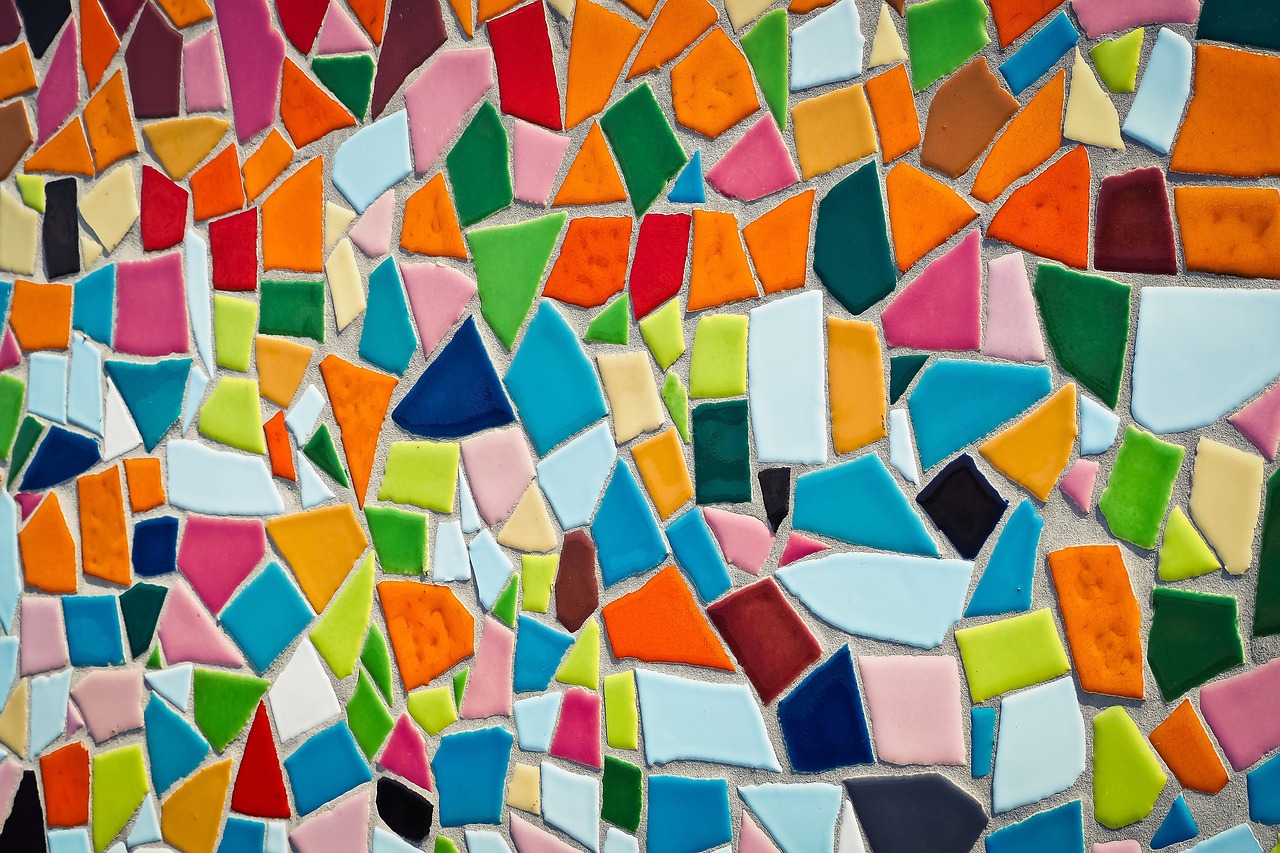
Celtic Illuminated Manuscripts
Exploring the enigmatic art of the ancient Celts, known for intricate designs and symbolic motifs. Unraveling the significance of their artwork sheds light on their culture, beliefs, and artistic techniques.
Delving into the mesmerizing Celtic knotwork designs, showcasing the interwoven patterns symbolizing eternity and interconnectedness. Understanding the intricate symbolism and variations of these timeless motifs.
Exploring the La Tene style of Celtic art characterized by flowing lines, organic forms, and intricate patterns. Unveiling the artistic evolution and cultural influences that shaped this distinctive artistic expression.
Deciphering the meanings behind prominent Celtic symbols like the Triskele, Triquetra, and Celtic Cross. Exploring the spiritual, cultural, and mystical significance of these ancient symbols in Celtic art.
Examining the exquisite craftsmanship of Celtic metalwork, including intricate jewelry, weaponry, and ceremonial artifacts. Uncovering the advanced techniques and artistic innovations that defined Celtic metalworking traditions.
Discovering the intricate stone carvings of the ancient Celts, featuring intricate patterns, mythical creatures, and symbolic motifs. Exploring the significance of these carvings in religious, artistic, and cultural contexts.
Exploring the rich tradition of Celtic illuminated manuscripts, showcasing intricate designs, vibrant colors, and intricate calligraphy. Unveiling the artistic and cultural significance of these meticulously crafted manuscripts.
Examining the influence of ancient Celtic art on contemporary artists, designers, and cultural movements. Exploring how Celtic motifs and symbolism continue to inspire and resonate in modern artistic expressions.
Discussing the challenges and methods involved in preserving and interpreting ancient Celtic art for future generations. Highlighting the importance of conservation efforts and scholarly research in understanding this enigmatic artistic heritage.

Celtic Art in Modern Context
Exploring the enigmatic art of the ancient Celts, known for intricate designs and symbolic motifs. Unraveling the significance of their artwork sheds light on their culture, beliefs, and artistic techniques.
Delving into the mesmerizing Celtic knotwork designs, showcasing the interwoven patterns symbolizing eternity and interconnectedness. Understanding the intricate symbolism and variations of these timeless motifs.
Exploring the La Tene style of Celtic art characterized by flowing lines, organic forms, and intricate patterns. Unveiling the artistic evolution and cultural influences that shaped this distinctive artistic expression.
Deciphering the meanings behind prominent Celtic symbols like the Triskele, Triquetra, and Celtic Cross. Exploring the spiritual, cultural, and mystical significance of these ancient symbols in Celtic art.
Examining the exquisite craftsmanship of Celtic metalwork, including intricate jewelry, weaponry, and ceremonial artifacts. Uncovering the advanced techniques and artistic innovations that defined Celtic metalworking traditions.
Discovering the intricate stone carvings of the ancient Celts, featuring intricate patterns, mythical creatures, and symbolic motifs. Exploring the significance of these carvings in religious, artistic, and cultural contexts.
Exploring the rich tradition of Celtic illuminated manuscripts, showcasing intricate designs, vibrant colors, and intricate calligraphy. Unveiling the artistic and cultural significance of these meticulously crafted manuscripts.
Examining the influence of ancient Celtic art on contemporary artists, designers, and cultural movements. Exploring how Celtic motifs and symbolism continue to inspire and resonate in modern artistic expressions.
Discussing the challenges and methods involved in preserving and interpreting ancient Celtic art for future generations. Highlighting the importance of conservation efforts and scholarly research in understanding this enigmatic artistic heritage.

Preservation and Interpretation
Preserving and interpreting ancient Celtic art presents a unique set of challenges due to the delicate nature of the artifacts and the complexities of deciphering their cultural significance. Conservation efforts play a crucial role in safeguarding these treasures for future generations, requiring meticulous attention to detail and specialized techniques. From metalwork to stone carvings, each piece holds valuable insights into the beliefs and practices of the ancient Celts.
Interpreting the intricate symbolism and artistic techniques employed by Celtic artisans involves a multidisciplinary approach, combining archaeological findings, historical records, and comparative analysis. Scholars and experts in Celtic studies work tirelessly to unravel the mysteries embedded in these ancient artworks, shedding light on the spiritual beliefs, social structures, and artistic preferences of the Celtic people.
One of the key aspects of preservation is ensuring proper storage conditions to prevent deterioration and damage. Museums and cultural institutions invest in state-of-the-art facilities equipped with climate control systems and specialized storage solutions to protect fragile artifacts. Additionally, ongoing research and documentation efforts help expand our understanding of Celtic art, enabling us to appreciate its beauty and significance in a modern context.
Collaboration between experts in conservation, archaeology, and art history is essential for developing comprehensive preservation strategies that prioritize the long-term sustainability of Celtic artifacts. By combining traditional conservation methods with cutting-edge technology, researchers can uncover hidden details and preserve the integrity of these ancient masterpieces for generations to come.
Frequently Asked Questions
- What is the significance of Celtic knotwork in ancient Celtic art?
Celtic knotwork designs symbolize eternity and interconnectedness in Celtic culture. The intricate patterns reflect the interconnected nature of life and the eternal cycle of existence.
- What are some prominent Celtic symbols and their meanings?
Some prominent Celtic symbols include the Triskele, Triquetra, and Celtic Cross. These symbols hold spiritual, cultural, and mystical significance, representing concepts like unity, protection, and spirituality.
- How did Celtic metalwork contribute to the artistic heritage of the Celts?
Celtic metalwork, including jewelry, weaponry, and ceremonial artifacts, showcased advanced craftsmanship and artistic innovation. The intricate designs and techniques used in Celtic metalworking defined the artistic legacy of the Celts.
- What is the importance of preserving and interpreting ancient Celtic art?
Preserving and interpreting ancient Celtic art is crucial for understanding the cultural and artistic heritage of the Celts. Conservation efforts and scholarly research help future generations appreciate the enigmatic beauty and significance of Celtic artwork.



















